Introduction to Digital Electronics
Basics of Digital Electronics
3.71 (70 reviews)
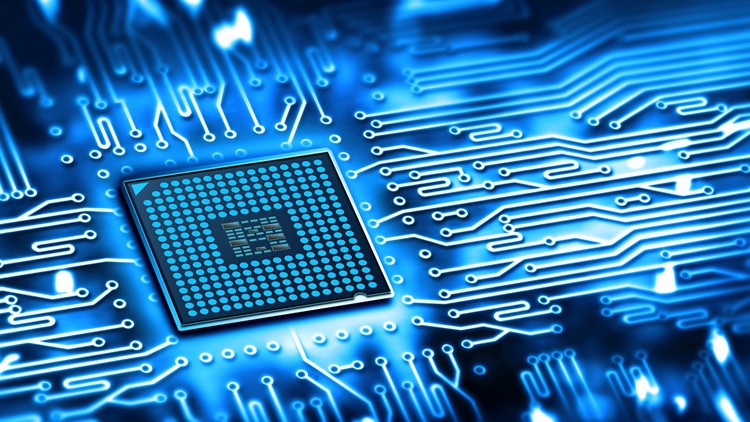
2,150
students
1 hour
content
Mar 2021
last update
FREE
regular price
What you will learn
Basics of Digital Electronics
Screenshots
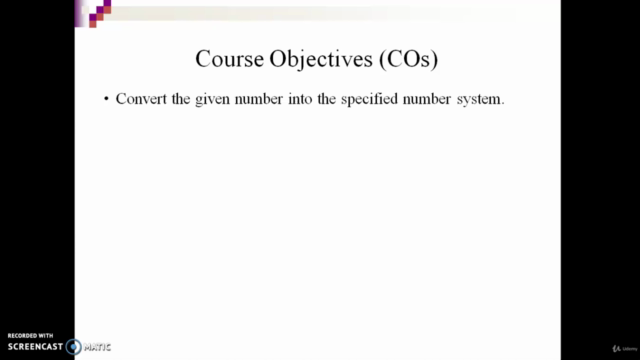
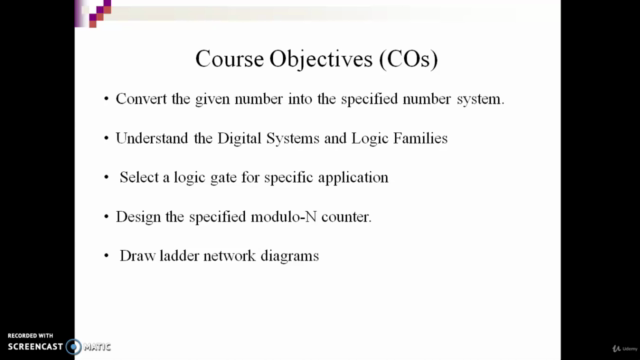
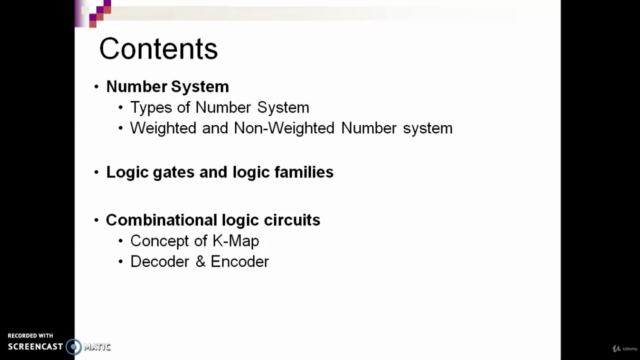
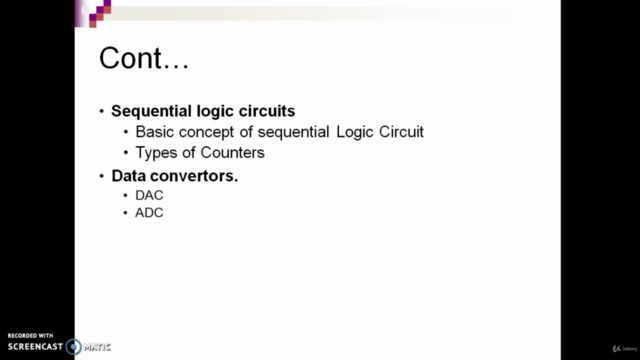
Related Topics
3901336
udemy ID
3/9/2021
course created date
3/20/2021
course indexed date
Bot
course submited by